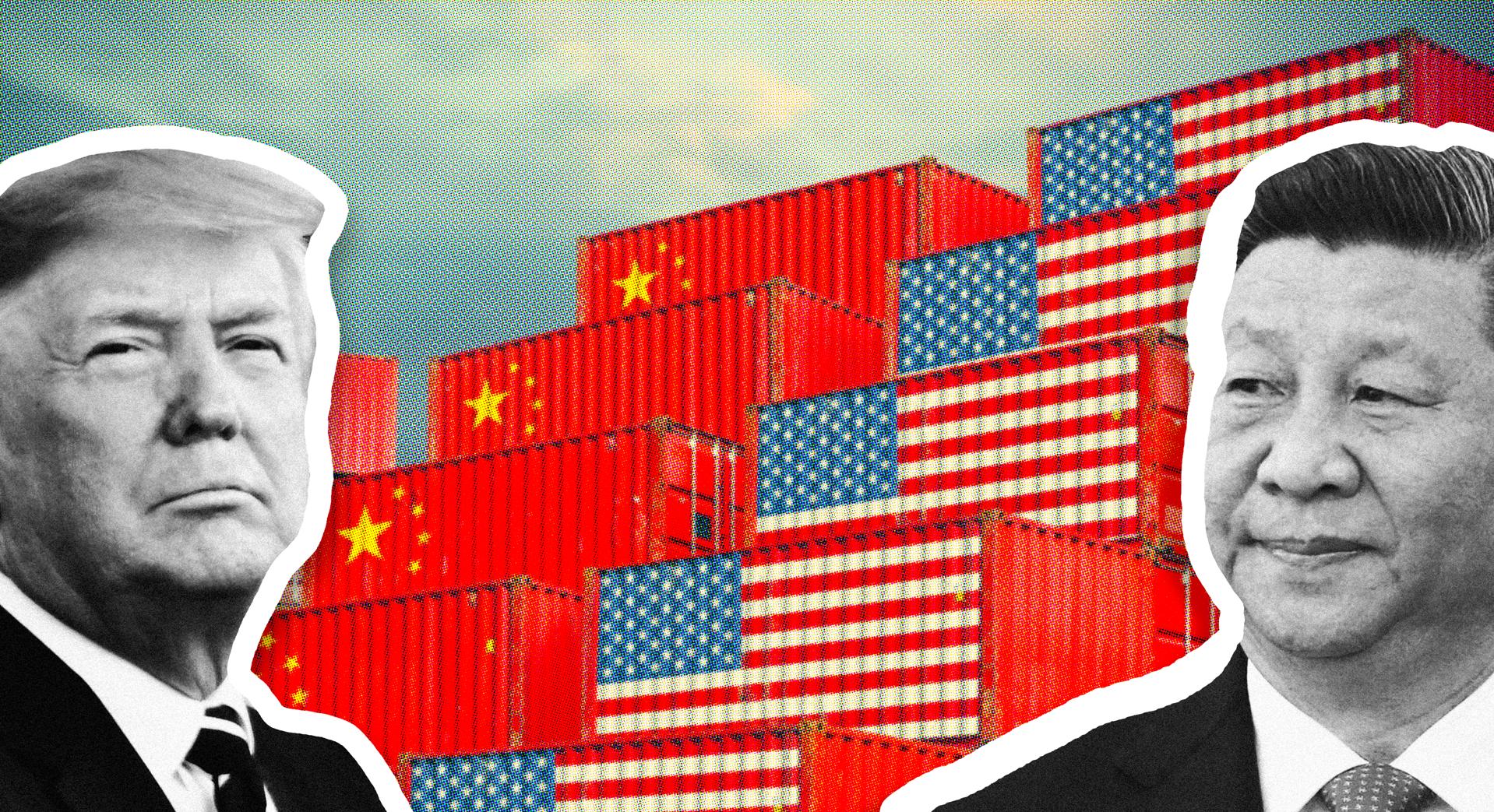Evaluating The Potential Of Chinese-Manufactured Vehicles

Table of Contents
Technological Advancements in Chinese Auto Manufacturing
Chinese automakers are making impressive strides in technological innovation, quickly narrowing the gap with established Western brands. This progress is evident across several key areas:
-
Electric Vehicle (EV) Technology: China is a world leader in EV battery technology and manufacturing. This provides a significant competitive edge for Chinese EV brands, many of which boast advanced features such as rapid charging capabilities and extended driving ranges. This strong focus on EVs positions them strategically for the future of the automotive industry, where electric vehicles are expected to dominate. Companies like BYD and NIO are prime examples of this technological prowess. Consider the advanced battery chemistries and innovative charging solutions being developed in China.
-
Autonomous Driving Systems: Substantial investments are being made in autonomous driving technology. Chinese companies are developing sophisticated driver-assistance systems and are actively pursuing the goal of fully autonomous vehicles. This could potentially disrupt the global autonomous vehicle market and redefine the driving experience. The integration of AI and machine learning is a key focus area.
-
Connectivity and Infotainment: Chinese vehicles are frequently equipped with advanced infotainment systems. These often include large touchscreens, seamless smartphone integration (Apple CarPlay and Android Auto are becoming increasingly common), and advanced connectivity features. In many cases, these features surpass those found in comparable Western vehicles, attracting younger, tech-savvy buyers who value cutting-edge technology. The user interface and user experience are often prioritized.
Competitive Pricing and Value Proposition
A significant advantage of Chinese-manufactured vehicles is their competitive pricing, which often results in a superior value proposition for consumers:
-
Lower Manufacturing Costs: Lower labor costs and efficient manufacturing processes in China contribute to lower vehicle prices compared to their Western counterparts. This cost-effectiveness is a key factor in their competitive pricing strategy.
-
Feature-Rich Models: Chinese manufacturers frequently include features typically found only in higher-priced models from other brands. This delivers exceptional value for money, making them attractive to budget-conscious consumers. This "value-for-money" approach is a key marketing strategy.
-
Government Incentives: Government support and subsidies for the domestic auto industry further contribute to keeping prices competitive, boosting the competitiveness of Chinese brands in both domestic and international markets.
Challenges and Concerns Regarding Chinese Vehicles
Despite the undeniable potential, several challenges and concerns remain:
-
Brand Perception: Overcoming the perception of lower quality associated with older Chinese vehicles is a major hurdle. Building brand trust and recognition requires consistent quality and reliable performance.
-
Supply Chain Concerns: Global supply chain disruptions and geopolitical tensions can impact parts availability and pricing. Diversifying supply chains and securing stable sourcing of components are essential for long-term success.
-
After-Sales Service and Parts Availability: Establishing robust after-sales service networks and ensuring readily available parts are crucial for building customer trust and confidence. This is an area where many Chinese brands are still actively working to improve.
-
Safety Standards and Regulations: While safety standards are improving, concerns regarding their consistency across all manufacturers and the rigor of vehicle testing need to be addressed to build global confidence. Transparency and adherence to international safety standards are crucial.
The Future of Chinese-Manufactured Vehicles
The future appears promising for Chinese automakers, with continued investment in R&D, expansion into global markets, and strategic partnerships. Their future success will hinge on several key factors:
-
Continued Technological Innovation: Maintaining a leading edge in areas like EVs and autonomous driving is crucial for continued competitiveness.
-
Strengthening Brand Image: Building strong brand recognition and trust in international markets is essential for long-term success. Effective marketing and consistent product quality are paramount.
-
Expanding Global Distribution Networks: Access to global markets is pivotal for growth and market share expansion.
-
Addressing Consumer Concerns: Proactively addressing concerns about safety, reliability, and after-sales service will be critical in building customer loyalty and confidence.
Conclusion
Chinese-manufactured vehicles are a significant force in the global automotive industry. Their technological advancements, competitive pricing, and compelling value proposition position them for substantial growth. While challenges remain concerning brand perception and after-sales service, ongoing investments and innovations suggest a bright future. To make informed decisions, continue researching and evaluating the potential of Chinese-manufactured vehicles. Compare models, consider safety ratings, technological features, and warranties before purchasing. Thoroughly investigate a specific vehicle before making a commitment. The evolution of Chinese-manufactured vehicles is a dynamic process, and staying informed is key to understanding their impact on the global automotive market.

Featured Posts
-
 Is Ahmed Hassanein Egypts Future Nfl Star
Apr 26, 2025
Is Ahmed Hassanein Egypts Future Nfl Star
Apr 26, 2025 -
 Blockchain Analytics Leader Chainalysis Integrates Ai With Alterya Purchase
Apr 26, 2025
Blockchain Analytics Leader Chainalysis Integrates Ai With Alterya Purchase
Apr 26, 2025 -
 Economic Uncertainty Trumps Impact On The Next Fed Chairs Agenda
Apr 26, 2025
Economic Uncertainty Trumps Impact On The Next Fed Chairs Agenda
Apr 26, 2025 -
 American Battleground Taking On The Worlds Wealthiest In A Legal Battle
Apr 26, 2025
American Battleground Taking On The Worlds Wealthiest In A Legal Battle
Apr 26, 2025 -
 Trumps First 100 Days A Rural Schools Perspective 2700 Miles From Dc
Apr 26, 2025
Trumps First 100 Days A Rural Schools Perspective 2700 Miles From Dc
Apr 26, 2025
